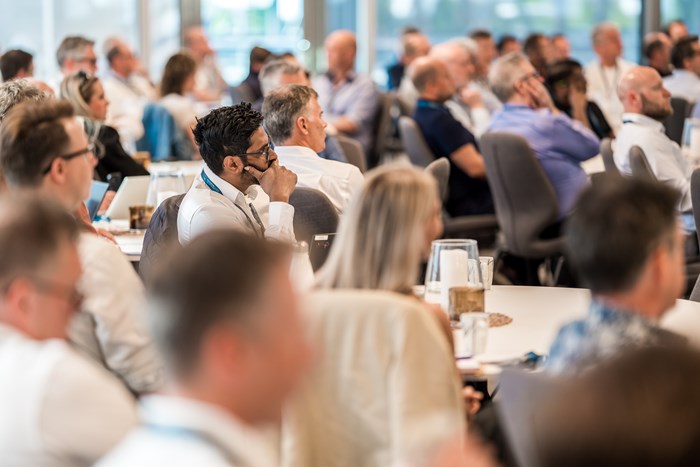Full-Day Methanol seminar gathered 80 attendees
In the past year, we have seen the signing of multiple new contracts for methanol-powered vessels in the cluster. Some of these vessels are "Methanol Ready," while others will undergo sea trials using methanol. Bio-methanol is emerging as the leading green fuel, both globally and within the cluster, and continues to generate significant interest. At our most recent seminar in May, nearly 80 individuals participated in the event.

The event was co-hosted with our cluster member, Glocal Green, which is working to establish bio-methanol production in Norway. To develop methanol as a future fuel, the entire value chain needs to be scaled up. Therefore, the goal of the seminar was to bring together people from all parts of the methanol value chain to initiate collaborations.
During the event, Glocal Green presented their production plans, Driv Energy explained their distribution plans, and Malte discussed the bunkering processes in their Swedish pilot boat pilot.
The technology development
In recent years, there has been a notable transition within the deep-sea market towards the utilization of methanol as a primary fuel source. While certain vessels have been operating on methanol since 2015, this shift underscores a significant industry-wide movement toward the adoption of methanol as a viable marine fuel. Maersk has been at the forefront of this transition, with several other vessels also being equipped with methanol engines in recent times. Thorbjørn Lie from OSM Thome provided insights into their operational experience with methanol-powered ships and their pivotal involvement in certain trials within the Green Shipping Programme.
The experience gained from these vessels is now being incorporated into the DNV rules. According to Ole Henrik Kverndal Pedersen, many of the updates that will come into effect in July involve relaxing the existing DNV regulations.
A true cluster project
In March, REM Offshore placed an order for a new construction vessel for the energy sector from Myklebust Verft. The ship, designed by Skipsteknisk, will be built to operate on green methanol from day one. Vegard Grimstad, head of new buildings in REM Offshore, and Bjørn Oscar Kløvning from Skipsteknisk explained their ideas and thoughts behind this unique vessel, highlighting not only the use of methanol but also all the other measures and investments taken to reduce emissions.
Fitted with dual fuel methanol engines and heavily invested in various energy efficiency technologies, the vessels are expected to achieve total emission cuts of more than 75% compared to similar vessels built only ten years ago.
Upcoming technologies
At our recent seminar, the American Bureau of Shipping (ABS) and Blue World Technologies were also present to discuss the upcoming technologies in which methanol can play a role. ABS is working on mapping onboard carbon capturing, while Blue World Technologies is working on a pilot project with Mærsk’s methanol-powered vessels. They aim to install fuel cells on Laura Mærsk in 2026 to handle the auxiliary loads.
Lack of dedicated public funding for methanol projects
Although both Innovation Norway and Eksfin are present to talk about their funding and support when investing in such vessels, there needs to be dedicated public funding for a project to run on methanol. The more than 100 MNOK investment required to build a methanol-powered vessel is something that REM Offshore and its partners have to take on their own. In a country like Norway, with its ambitious environmental politics, we find it strange that when you finally invest to build the world’s greenest construction vessel, there is practically no dedicated public support. This lack of public funding is a significant challenge the industry faces.